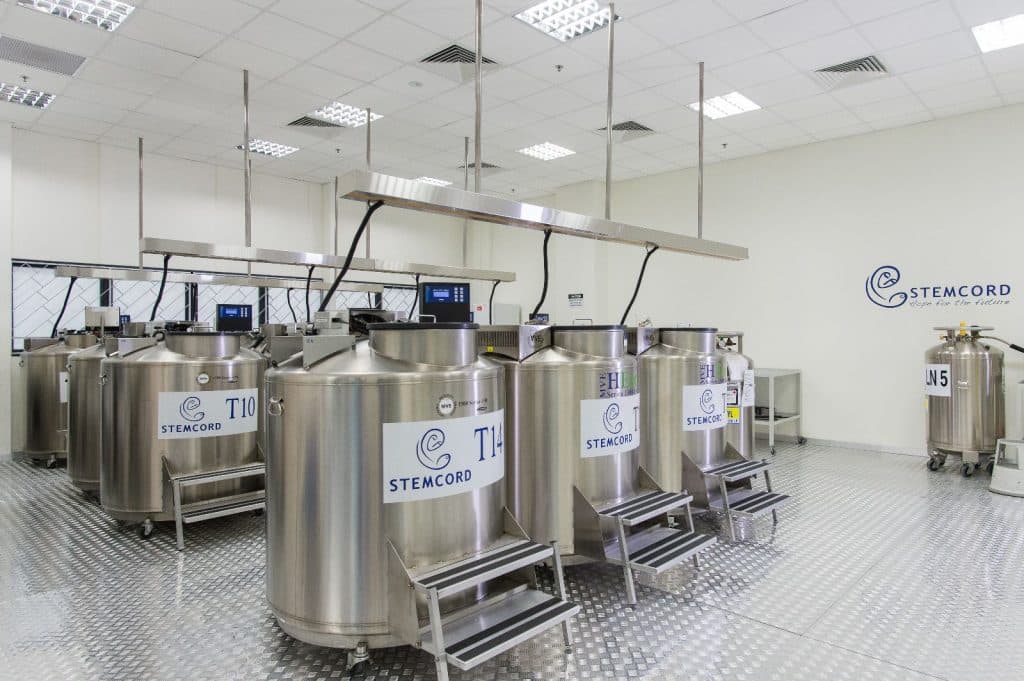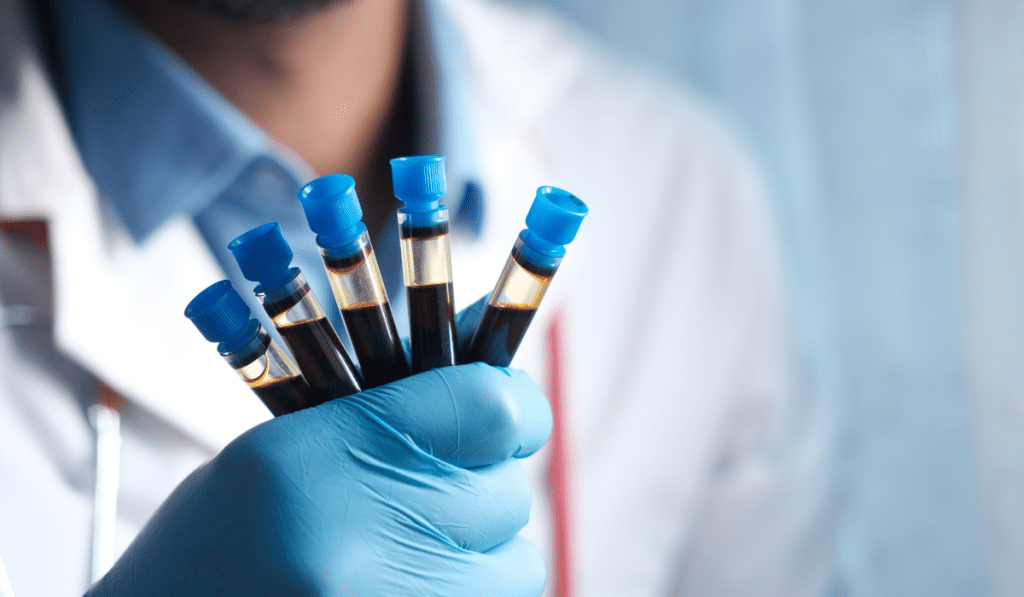Cord Blood Stem Cell Banking: Is It the Right Choice for You?
Table of Contents

Cord blood stem cell banking is an increasingly popular choice among expectant parents who want to invest in their child’s long-term health. But what exactly is cord blood and why is it valuable?
Cord blood is the blood that remains in a baby’s umbilical cord and placenta after birth. It contains a rich supply of hematopoietic stem cells, which have the remarkable ability to regenerate and form various blood and immune system cells. These stem cells are already being used in transplants to treat a range of blood-related diseases.
As science evolves and regenerative medicine gains momentum, more parents are considering storing their newborn’s cord blood. However, this decision involves both medical and financial considerations. This article explores the process, potential benefits, drawbacks, and key factors to consider especially for families in Singapore.
What Is Cord Blood Stem Cell Banking?
Cord blood stem cell banking is a process where the cord blood is collected immediately after birth, then tested, processed, and cryopreserved for future medical use. The collection is painless and poses no harm to mother or child, as it is done after the umbilical cord is clamped and cut.
There are two main types of banking:
- Private Cord Blood Banking
Families pay a fee to store their child’s cord blood for exclusive use by the child or immediate family. This is often chosen by families with a history of genetic diseases or those who wish to have a biological insurance policy for the future.
- Public Cord Blood Banking
Cord blood is donated anonymously to a public registry. It becomes available to any patient in need of a transplant. Donation is free, but families give up rights to the stored blood.
What Are Cord Blood Stem Cells Used For?
Cord blood is used in treatments for over 80 medical conditions1, here are some examples:
- Leukaemia and lymphoma
- Sickle cell anaemia and thalassemia
- Inherited immune disorders
- Metabolic diseases
The Pros of Cord Blood Banking
| Life-Saving Potential | Cord blood transplants have already saved thousands of lives and can be a crucial treatment option for patients who need stem cell therapy. According to Origen Biomedical, cord blood has been used in over 40,000 transplants worldwide in 20192. |
| Painless and Risk-Free Collection | The procedure is completely non-invasive. Since collection happens after delivery, it does not interfere with labor or birthing. Parents can feel confident that both the baby and mother are safe throughout the process. |
| Immediate Access to Stem Cells | With private banking, the stem cells are reserved for your family. In emergencies, speed matters. Having cells immediately available can drastically reduce waiting time compared to searching public registries. |
| Potential Matches for Siblings | Cord blood from one child has a higher chance of being a match for siblings (25% chance of full match, 50% chance of partial match) 3, which could prove lifesaving if a sibling later develops a treatable condition. |
| Promising Future Research | Cord blood is being studied for its applications in regenerative medicine4. Trials are ongoing for neurological disorders, heart conditions, and autoimmune diseases. Banking cord blood today could offer new possibilities in the future as treatments evolve. |

Factors to Consider Before Deciding
Cord blood banking is a personal decision. Here are key aspects to think about before enrolling in a program:
Family Medical History
Do any family members have blood disorders, cancers, or immune deficiencies? If so, cord blood may hold more potential for your family’s future healthcare needs.
Budget & Affordability
Evaluate whether the costs fit your financial situation. Look into payment plans or bundled packages offered by providers.
Likelihood of Use
If your family is healthy and has no known risk factors, you may want to weigh the probability of usage against the costs.
Access to Public Banks
Singapore offers both public and private banking, but not all hospitals participate in collection for public banks. Confirm your options early in your pregnancy.
Doctor’s Recommendation
Consult your OB-GYN or paediatrician. They can assess your family’s health background and help you make an evidence-based choice.
How StemCord Supports Families in This Decision
As one of Singapore’s MOH-licensed and trusted cord blood banks, StemCord provides tailored support for families navigating this decision. Here’s what makes StemCord stand out:
Transparent Services
StemCord clearly outlines all fees and services with no hidden charges. Our pricing is competitive, with instalment plans available.
Secure Dual Storage
Cord blood samples are stored in two cyrobags & two separate locations, minimizing the risk of loss or damage due to unforeseen events and maximising the potential of usage.
Regulatory Compliance
StemCord complies with stringent Ministry of Health (MOH) regulations and international standards – NetCord FACT for stem cell storage and processing.
Expert Medical Team
Our in-house medical team ensures proper handling of samples and offers guidance based on current clinical research and local healthcare standards.
Learn more at: https://www.stemcord.com/
Conclusion: Is It the Right Choice for You?
Cord blood stem cell banking presents a unique opportunity to safeguard your child’s, and your family’s future health. While it’s a forward-thinking decision with promising medical potential, it also comes with costs and certain limitations.
Ultimately, your decision should be guided by factors like your family’s medical history, budget, and personal values. Speak with your healthcare provider, explore your options early, and make an informed choice before your delivery.
Remember, cord blood collection is a one-time opportunity at birth. It’s safe, painless, and could be potentially life-saving, It offers treatment possibilities for over 80 conditions1 and immediate access for your family if ever needed. Don’t miss the chance to preserve something that may one day protect your child’s life.
Reference
1 ParentsGuide to Cord Blood
Diseases that can be Treated with Cord Blood
View on Publisher
2 Origen Biomedical
Cord Blood Awareness Month
View on Publisher
3 Cord Blood Association
Cord Blood Myths and Facts
View on Publisher
4 CryoCell
Treatments and Research
View on Publisher
5 The American Academy of Pediatrics
Cord Blood Banking for Potential Future Transplantation
View on Publisher
6 Stefanie Liedtke, Sabine Többen, Holger Gressmann, Andrea Meyer, Pablo E. Verde, Eliane Gluckman, Gesine Kogler
Long-Term Stability of Cord Blood Units After 29 Years of Cryopreservation
View on Publisher
Frequently Asked Questions
No. Cord blood can only be stored in one facility. You must choose either public donation or private storage.
If stored privately, it remains accessible for your family as long as fees are maintained. If never used, it still serves as a potential backup. If donated publicly, it may be used to save another life or contribute to medical research.
No. Collection is conducted after the cord is clamped and cut, making it completely safe for both mother and baby.
Before delivery, check with your hospital or OB-GYN if they’re partnered with licensed cord blood banks. Some private banks only work with certain hospitals.

 See more blogs
See more blogs